Science & Technology

Not all 5Gs are the same.
Nepal Telecom says it is currently making preparations to test 5G in Nepal. But questions remain: How will it work at a time when even 4G has not been fully upgraded from LTE – and expanded all over Nepal?
Equally important, how reliable will the 5G service be? And how soon will that service expand all over the country from the mountain valleys to the flat plains?
More on 5G a little later. First let’s review under 2G, 3G, LTE and 4G services.
When cellular mobile phone was first introduced in Nepal in 1999, it operated on Second Generation (2G) technology. The 2G ensured smooth voice over calls. After addition of services like General Packet Radio Service (GPRS) and Enhanced Data Rates for GSM Evolution (EDGE), the data transfer speed increased to theoretical limit of just around 50 kilobytes per second.
That improved in 2007 when mobile operator Nepal Telecom introduced the third generation (3G) technology, ensuring voice and data flow speed of about 3 Mb per second.
Things improved further in 2017 when they introduced so-called fourth generation (4G) technology capable of voice and data flow of around 100 megabits per second.
But tech experts knew that was not 4G, but LTE (Long Term Evolution) which is actually a technology somewhere between 3G and 4G.
That means that Nepali mobile phone operators have yet to roll out a full-fledged 4G technology in Kathmandu and other urban centres across the country.
In such background, how will Nepali mobile operators introduce 5G?
Unlike hopping from 3G to 4G, jumping to 5G is going to be a totally different story. The speed and coverage that 5G has to offer depends on the wavelength that 5G is broadcasted on.
In this regard, the 5G realm is “really confusing”, says Roger Cheng, head of CNET News – a tech news company in the USA – in his 2019 article.
So, how good is the spectrum that NT got permission to work on?
As the name suggests, 5G is the fifth generation mobile network that is supposed to be superior to the current generation of 4G we are using and has promised greater speeds and lower latency – the response rate of the internet.
But in the countries, where 5G has already been introduced, users have experienced mixed speeds. In a 2020 test carried out by PCMag, a tech news company, in 21 out of 22 cities for the AT&T network in USA, 5G speed on AT&T network was found even slower than that of 4G.
During the same test, several other carriers such as Verizon and TMobile performed exceedingly well.
Why that is the case? And what to expect from Nepali 5G?
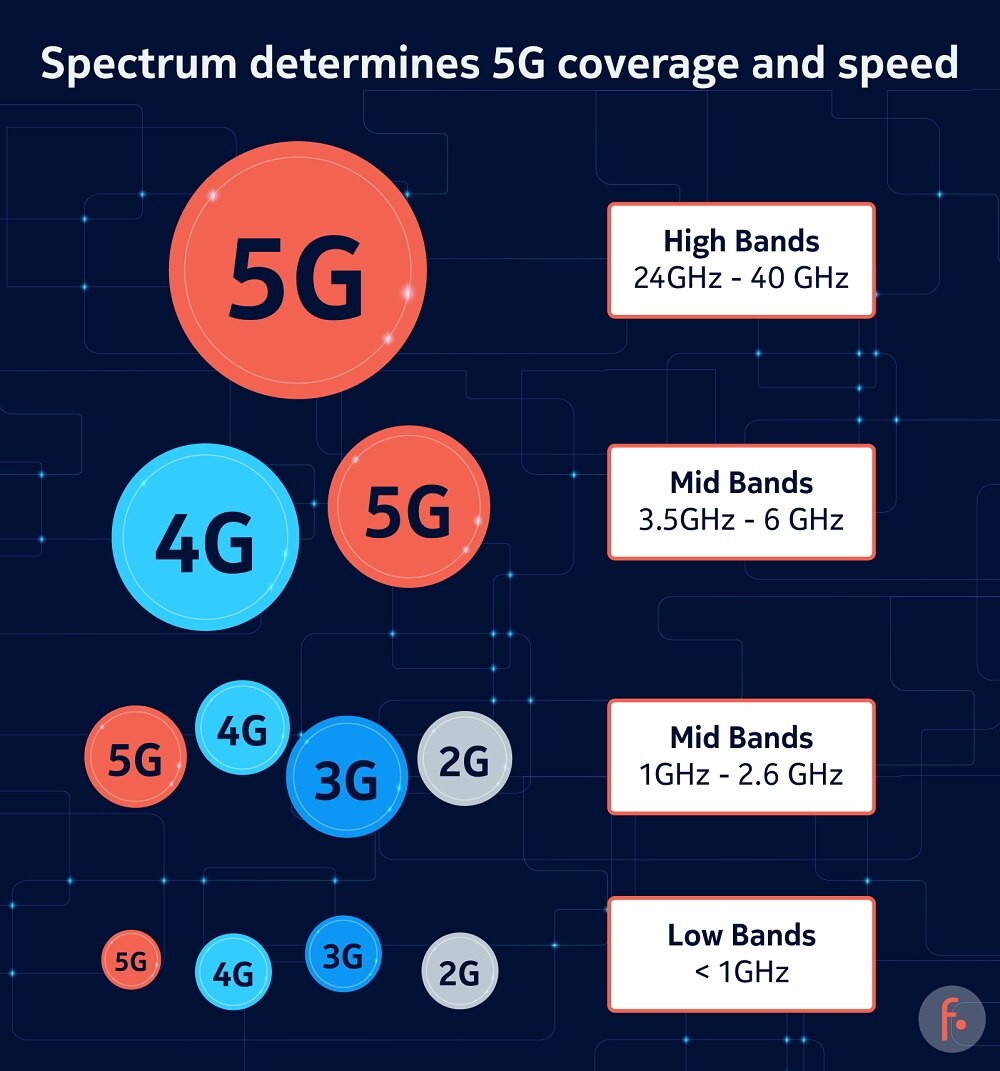
To dive down into the nitty-gritty of 5G, we need to understand the spectrum of 5G.
Based on the spectrum, 5G can be broadly categorised into three categories:
- mmWave high-band 5G
- Mid-band 5G
- Low-band 5G
mmWave high-band 5G is the holy moly of the 5G technology. The actual 5G we have bought from the media and tech channels, is this 5G. Remember them saying, download 4-5 gigabytes of the movie in a few seconds? This is the tech they are talking about. As suggested by the name, the tech utilises mm bands of frequency ranging from 24 GHz to 40 GHz.
That can offer speeds over 1Gbps, for comparison the theoretical limit of 4G is around 100 Mbps – over 10 times slower than mmWave tech. But there is a caveat, the signal of mmWave can be easily blocked by any obstacles including trees, and buildings, so the range can be limited. Even without the obstacles, the range can hardly pass 1.5 kilometres.
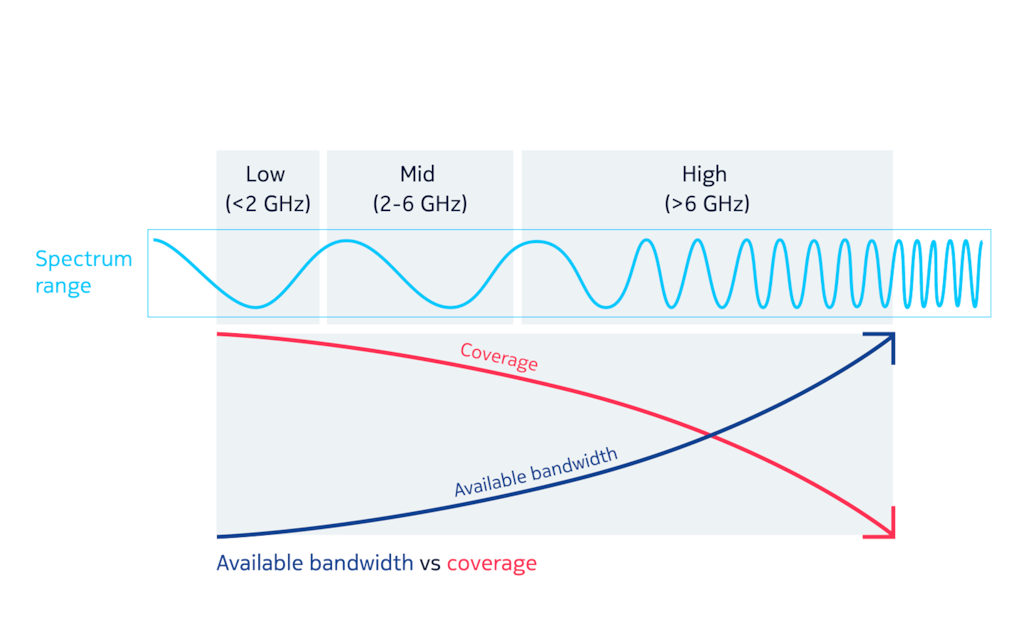
To experience the zooming fast speeds, one needs to be within the reach of the signal and the nearer you get to the cell tower, the faster the speed becomes. So to experience over a gigabit speed, a person should be within 30 to 40 metres of the 5G tower.
It is quite obvious that establishing the mmWave technology is expensive as the tower needs to be placed every other 50 to 100 metres and is impractical in large-scale deployment.
Who wants to game on the road or on their balcony using mmWave?
Mid-band 5G is the other spectrum that combines a good mixture of speed and coverage. The speed is not that blazing fast however, the coverage is large compared to mmWave.
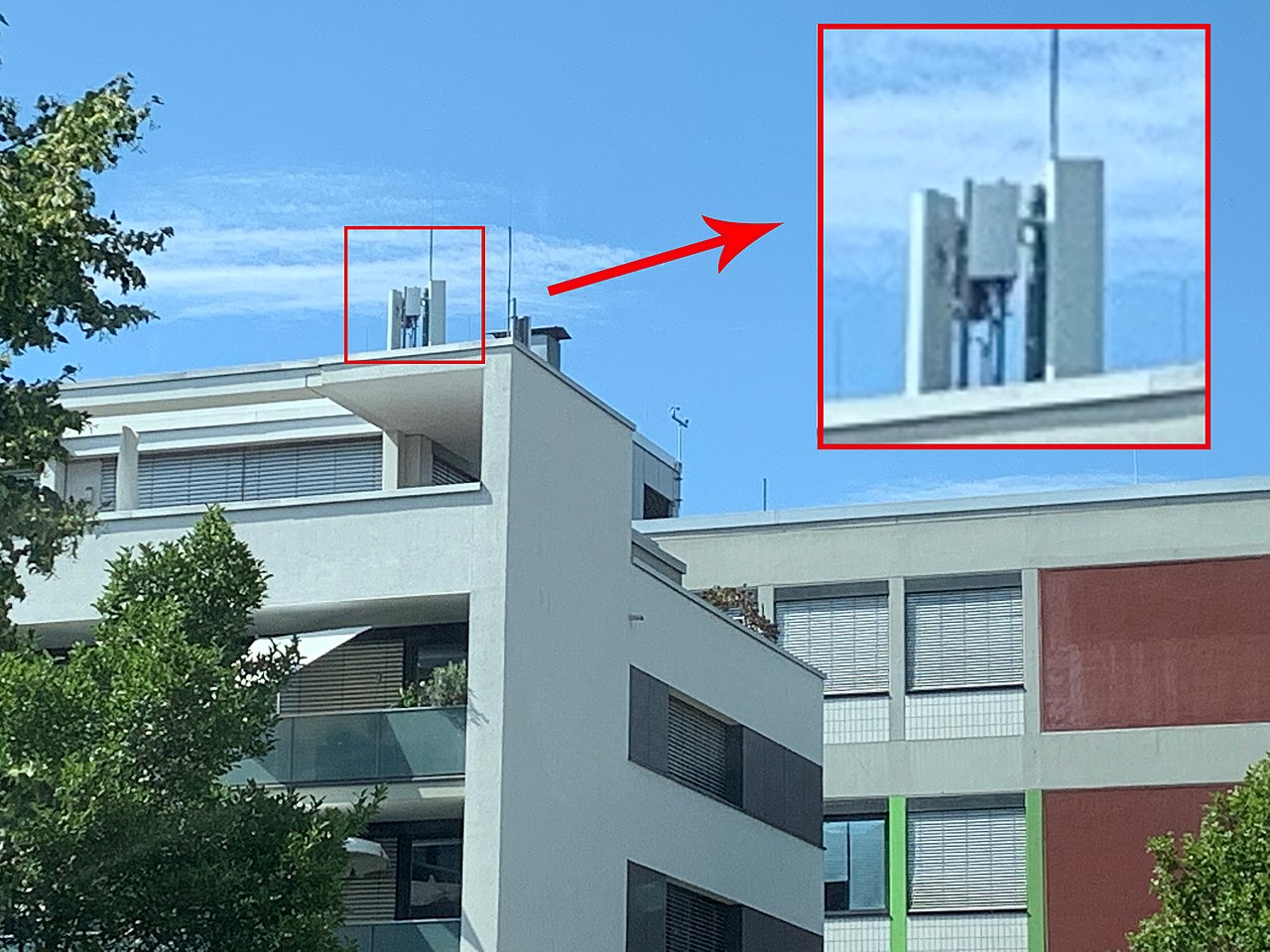
And it is quite promising considering it can penetrate obstacles and can be used inside the home as well. The speed of the mid-band can reach up to 900 Mbps.
NT also got to test using the same technology. The mid-band that NT has been allocated is around 2600 MHZ or 2.6 GHz. So considering the tech, NT is not far behind.
This frequency makes more sense than the mmWave considering investment, availability and coverage.
Low-band 5G stretch on the lower frequency, lower than 1 GHz. The same range of frequency is shared with 4G as well. So the obvious logic becomes, how good the speed and the latency are in contrast to 4G tech. The speed and the latency are just incrementally better than the 4G tech according to Nokia – one of the 5G telecom technology providers.
Nokia writes on its 5G insights page that low-band can offer “blanket coverage”. So, it makes it easier for telecom providers to deploy the tech; a tower can cover hundreds of square kilometres. So, one can call this 5G tech a 4.9G.
Nepali efforts
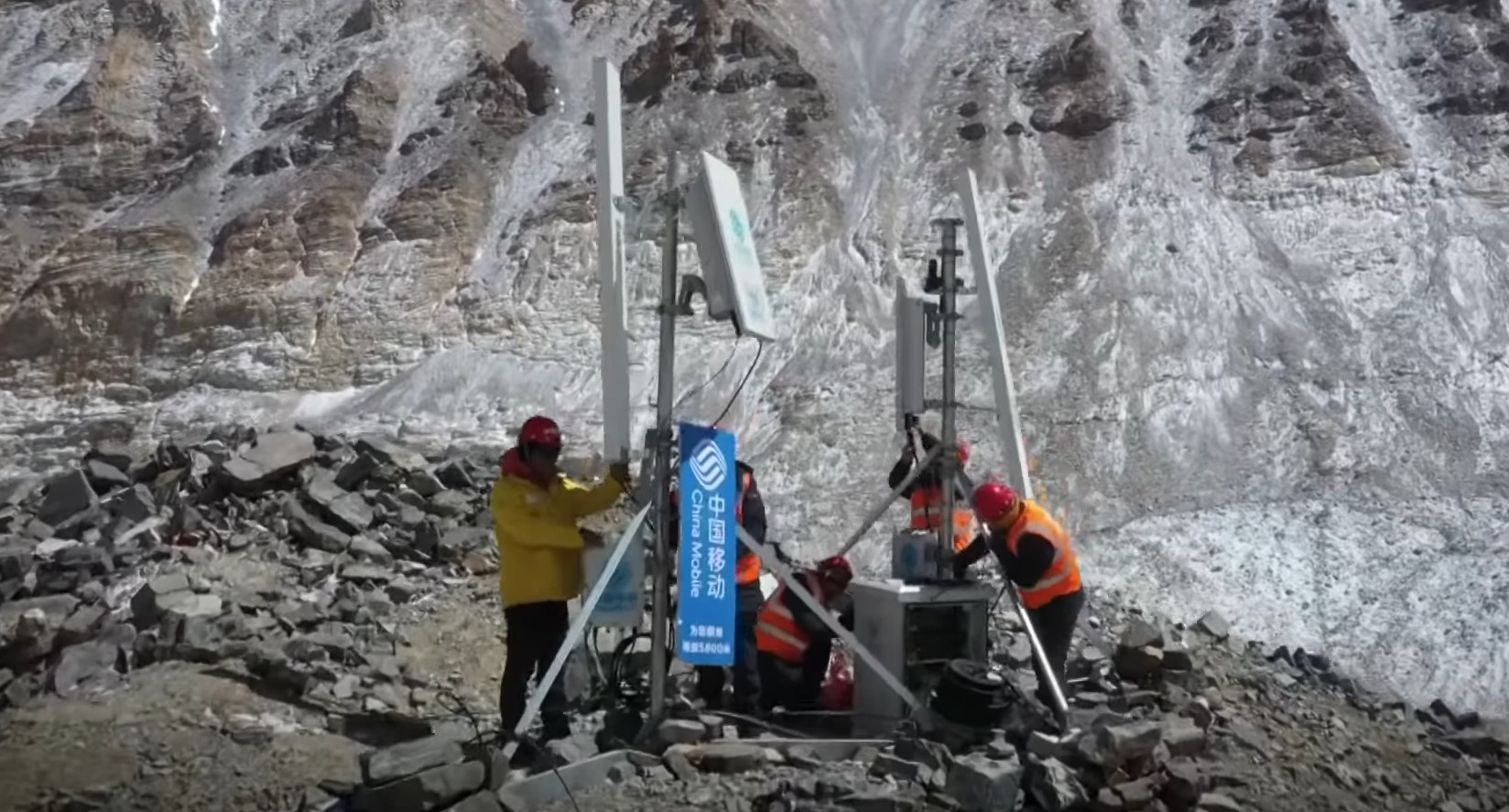
The world of tech is evolving faster than ever before. Even our neighbouring countries are trying hard to get the 5G tech deployed faster. By March 2022, 97 percent of Chinese towns and cities have had 5G where as over 87 percent of rural centres have got 5G coverage according to Tian Yulong, spokesperson to Ministry of Industry and Information Technology who spoke at a conference in March.
Now, mountaineers climbing the Everest from the Chinese side can enjoy 5G connectivity thanks to the base station at 6,500 metres height.
Similarly, India recently concluded a fierce bidding for the 5G spectrum a month ago. The bidding amount accounted over $19 billion. The Indian telecom giants like Reliance Jio, Airtel are eyeing to launch their 5G in this festival season in October.
Nepali operators are also preparing to test 5G. Nepal Telecom, trying to test on mid-band 5G, is in the process of procuring 5G equipment.
Ranjeet Lohiya, deputy spokesperson and deputy manager, told NepalMinute that Nepal Telecom is eyeing a Chinese company to procure 5G equipment: “In the first phase of the test, we are trying to test in seven locations, one in each province.”
Locations are being selected based on population density and possible adoption rate. The test will show how fast mobile internet speed will be.
The tests are expected to happen once the hardware arrive. If everything goes according to plan, major towns from east to west Nepal will have 5G services on trial before the end of the year 2022, says Lohiya.
Meanwhile, Ncell, a private telecom service provider in Nepal, is seeking approval for 5G trials. But the company is yet to get any frequency allocation from the Nepal Telecommunications Authority (NTA), the telecommunications regulatory body.
5G phones
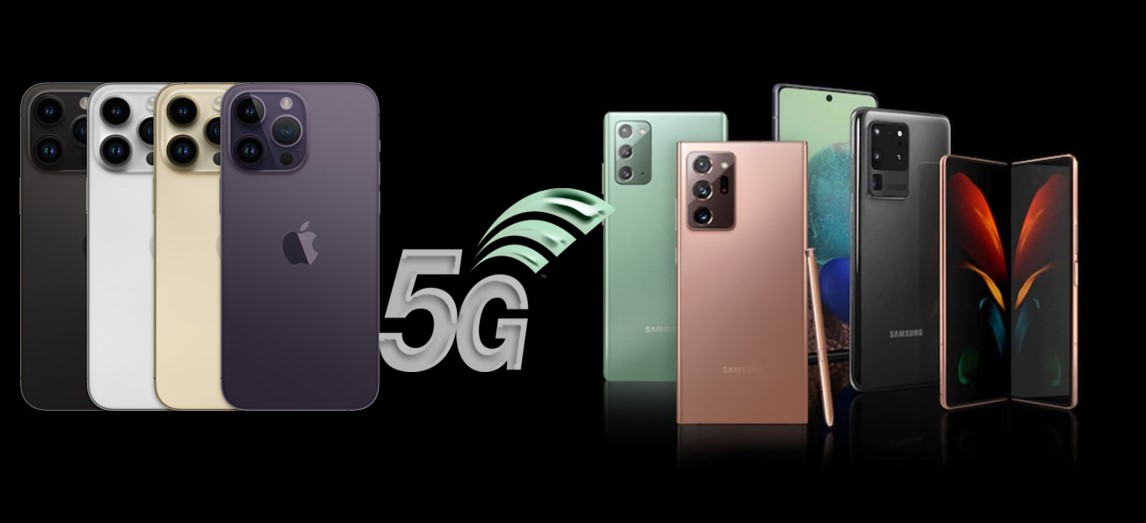
In order to enjoy 5G service, user must carry 5G phones.
Not all phones support 5G, and the phone must have 5G antennae to be able to use the tech. And as already discussed, not all 5Gs are the same.
So, the device one has may or may not support the 5G tech, NT is deploying. You need to check the device specifications to know if it supports mid-band 5G.
But this is just the trial run and there may be changes to the frequencies based on the trial results.






